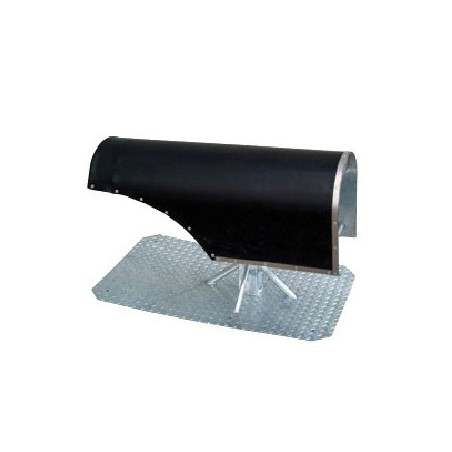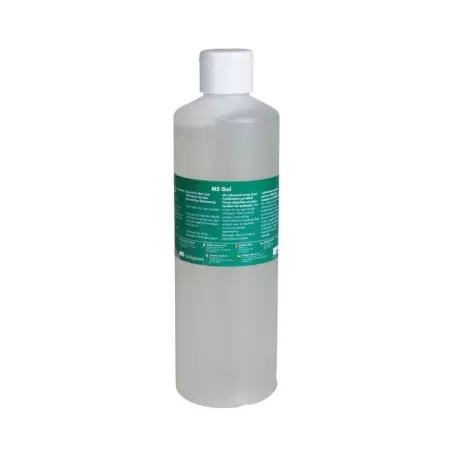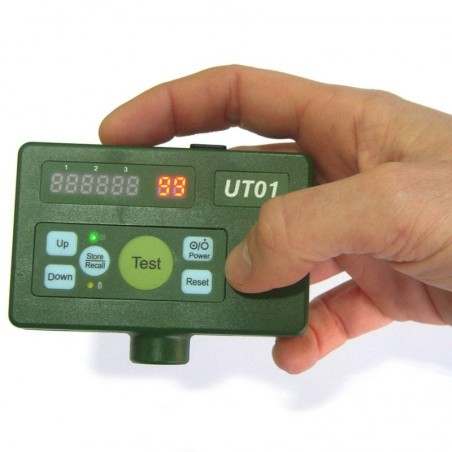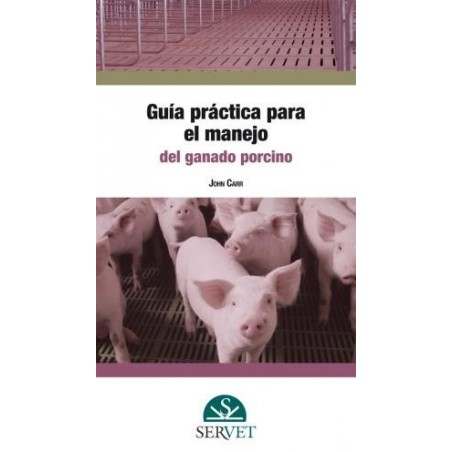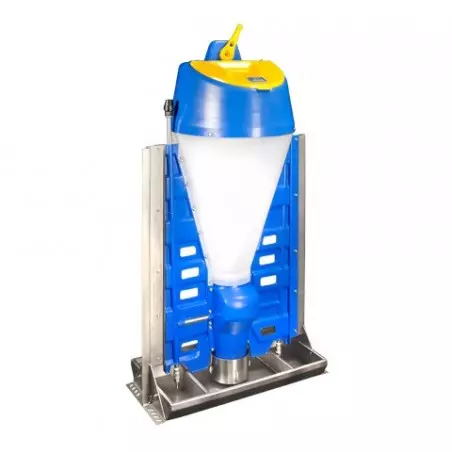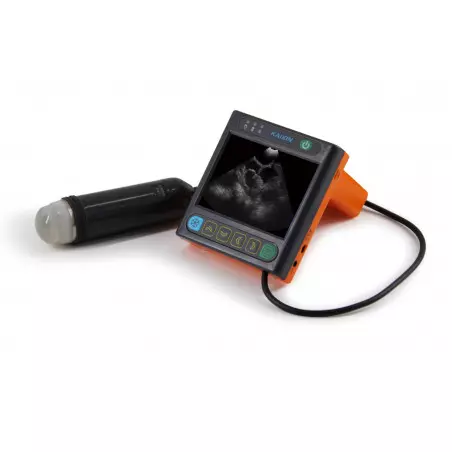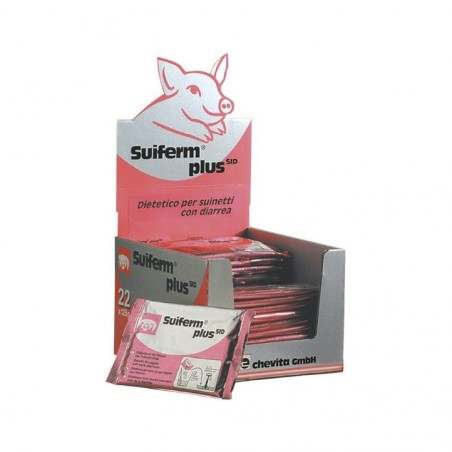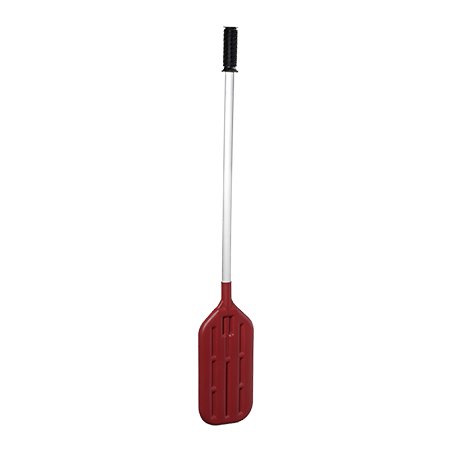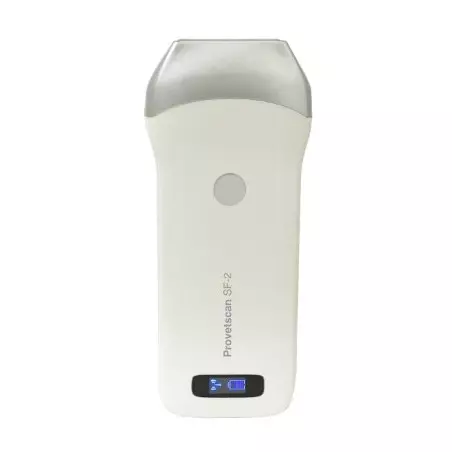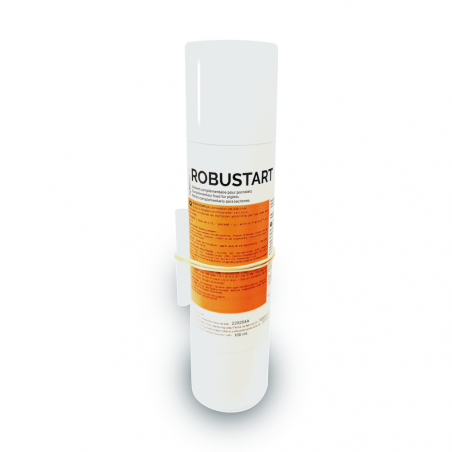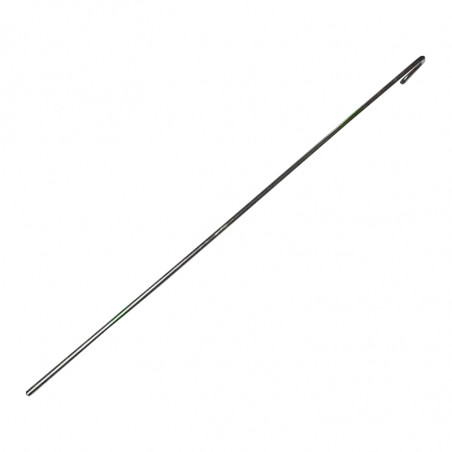Carlos Martins explains that Hypor, in addition to providing manuals that extensively detail the proper handling of their animals, has also launched an application that can be downloaded on any cell phone where customers can access all the manuals in addition to having direct access to the entire technical team.
Preparation, heat checking, and mating
A good start is critical for the sow to achieve optimal performance throughout her life, with a retention rate of 75% by the third weaning. Therefore, focus should be placed on the optimal development of the gilt in preparation for the first service. Boar exposure can begin at 180 days of age since the goal is for the first insemination to occur at 250 days of age and at a minimum weight of 150 kg (which implies an average daily gain of 600-700 g/day) and no less than 15 mm of backfat.

Proper acclimation to the mating stalls over a minimum period of three weeks is essential for the young gilt to realize her potential, both in terms of fertility and litter size. In the five to seven days prior to mating, it is important to offer the females (both gilts and sows) the "complete stimulation package":
- Contact with the boar twice per day.
- 16 hours of light with an intensity of 300 lux.
- Flushing, increasing the level of feed and energy.
Since the duration of estrus varies between females on the farm, the timing of ovulation will also vary. Thus, it is necessary to adjust the timing of inseminations to optimize them for each type of sow on the farm. This is why we developed a system that measures estrus duration and allows to adjust insemination to the optimal timing and be more efficient on the farm.
Gestation feeding
In gestation, a typical "U" curve is recommended, but with particular emphasis on recovering the body condition of females in the first third of gestation, tailoring their feeding according to backfat at weaning.
Proper feeding in gestation should lead to the desired level of backfat at farrowing: for nulliparous sows 18-20 mm, and for multiparous sows 16-18 mm.
Lactation feeding
During lactation, the objective is to allow the sow to express her excellent milk capacity and to avoid excessive loss of body condition. Thus, in the days leading up to farrowing, it is recommended to switch to a lactation feed (reduce the amount by 0.3-0.5 kg) or, ideally, to use a transition feed to better adapt the nutrient profile of the diet offered during that specific period, making the transition smoother and meeting the physiological demands of the sow. On the day of farrowing, it is important not to restrict the sow's feed completely but to feed her normally (about 2.5 kg) or according to her appetite. During lactation, it is important to follow a gradual increase in feed (+0.5 to 1.0 kg/day) but to always take an individualized approach.
Martins argues, "Being too restrictive (to avoid udder congestion, hypogalactia, diarrhea, etc.) reduces total feed intake during lactation and will result in piglets not reaching their weaning weight potential."
He continues: "Ideally, we would divide the daily ration into three or four feedings or supply it ad libitum. We recommend stimulating gilts to intake feed when they lactating since they continue to grow and gain muscle mass while at the same time supporting the growth of large litters. However, ideally, a specific feed should be used for gilts that has a higher level of digestible lysine".
With proper feeding in the farrowing room, backfat at weaning should not be less than 13 mm.
Farrowing management
Hypor sows are capable of "doing the work" themselves, so farrowing assistance should be limited and only done when necessary, never routinely. This is a factor that favors the efficiency of farm labor. Martins states that the stillbirth target should be less than 6%.
Martins explains that the foundation of management in the farrowing room is the maternal characteristics of these sows. Working with uniform litters, high birth weights, and a standard of 16 functional teats helps minimize the need for cross-fostering. The use of nurse sows is not common practice at Hypor, nor is the use of milk replacers considered. He explains: "We do not use milk replacers, because our sows have the milk production and the number of teats to wean the piglets they farrow. Sustainability is a key aspect for us".
As with any sow, sufficient colostrum is critical to piglet survival and their lifelong development, which is why Hypor insists on split suckling to ensure all piglets intake enough colostrum. In this way, they take advantage of the high colostrum production capacity and the high fat content of the colostrum.
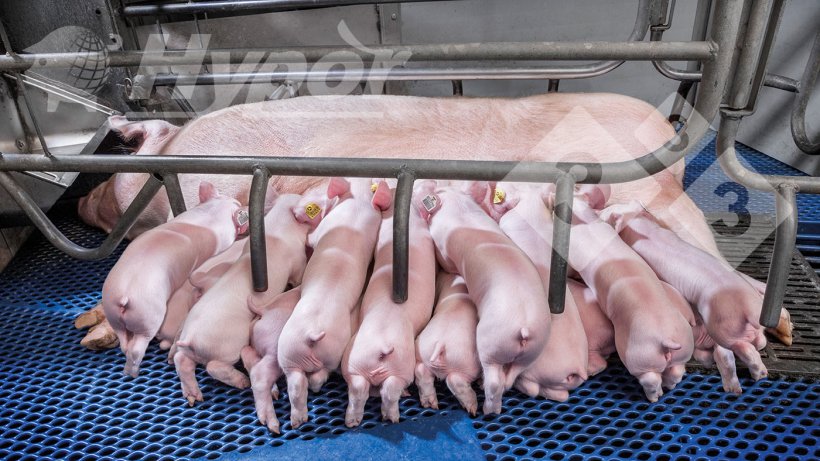
Following their recommendations and due to the characteristics of their sows, they estimate that only 10% of the piglets should be moved. Although the uniformity and birth weight are high, there are always some piglets that are smaller than their littermates, so they recommend creating litters of smaller piglets to help them get ahead. The normal ratio would be to create one litter of smaller piglets for every 20 litters born, i.e. 5%.

The goal is to have <10% mortality in the farrowing room. Martins adds, "In Latin America or Asia we can reach <5-6%, due to the greater availability of personnel".
In summary, he says that with the proper management and facilities, the goal is to have 16 total born and reach 14 weaned pigs per hybrid sow. With these prolificacy rates, the average birth weight should be around 1.5 kg, with over 90% of animals weighing more than 1 kg.
He concludes by explaining that Hypor sows are prepared to run 23 to 28-day lactations. With that number of days, it should be possible to reach weaning weights of 6.5-8 kg, which guarantees robust, strong, and resilient piglets to meet the challenges of pig production in Europe, with the restriction of zinc oxide and reduction of antibiotics.






